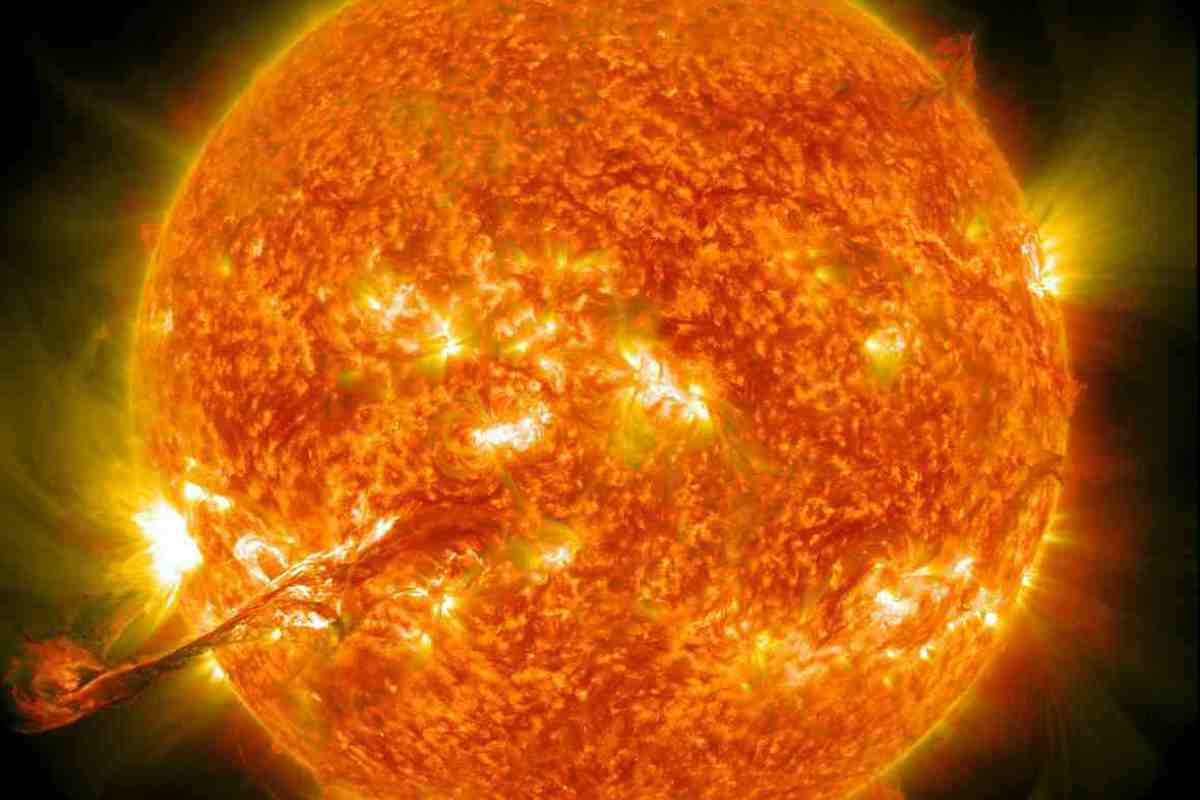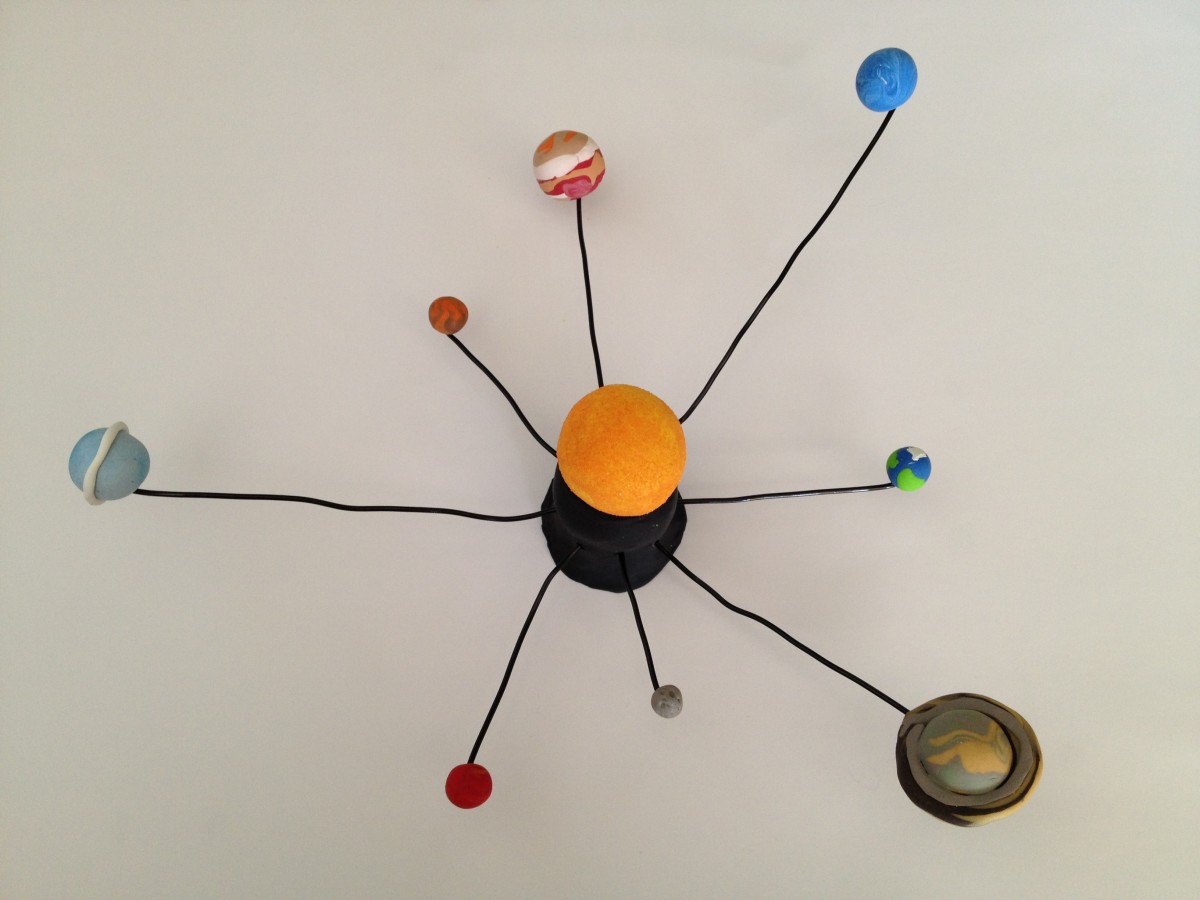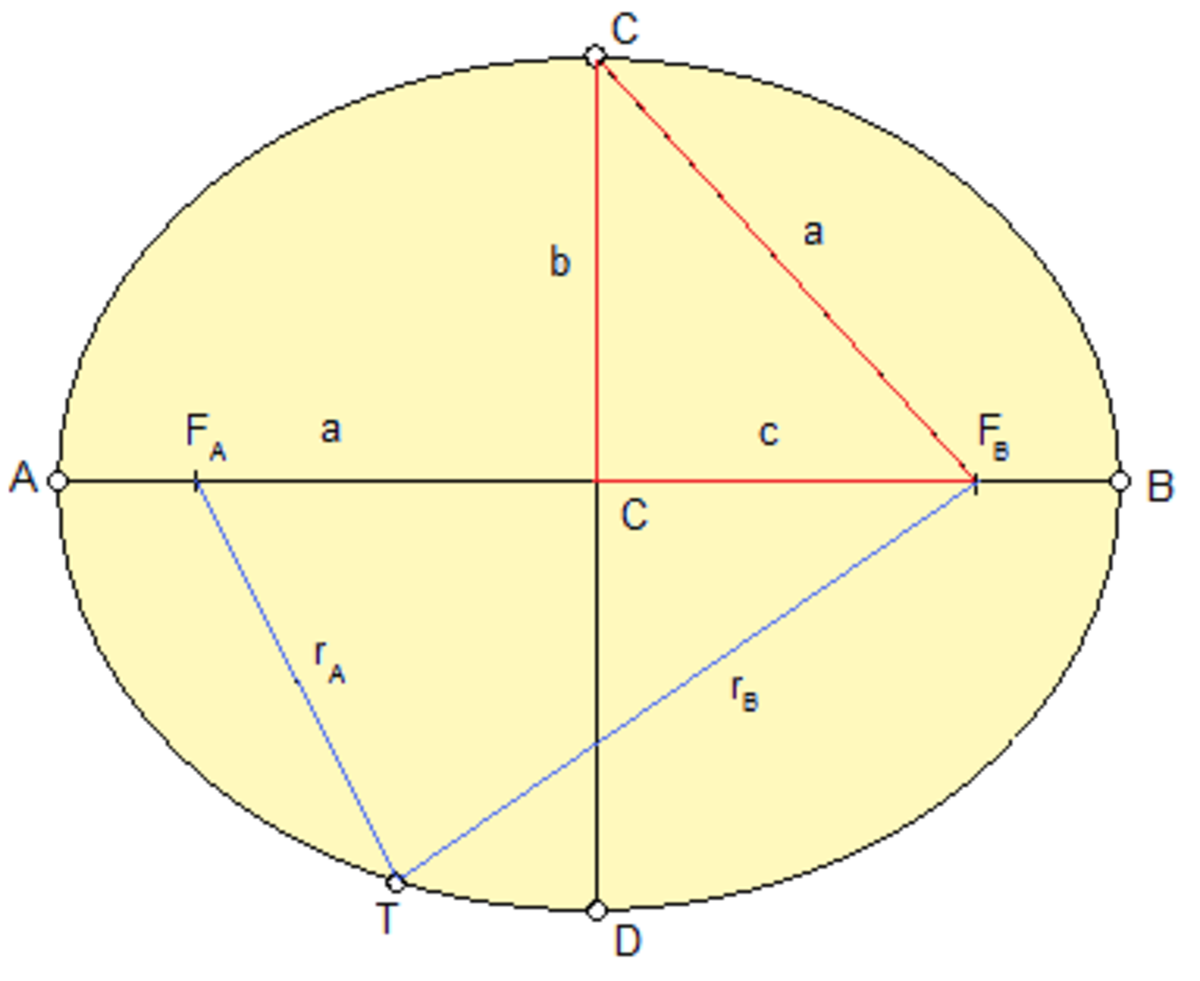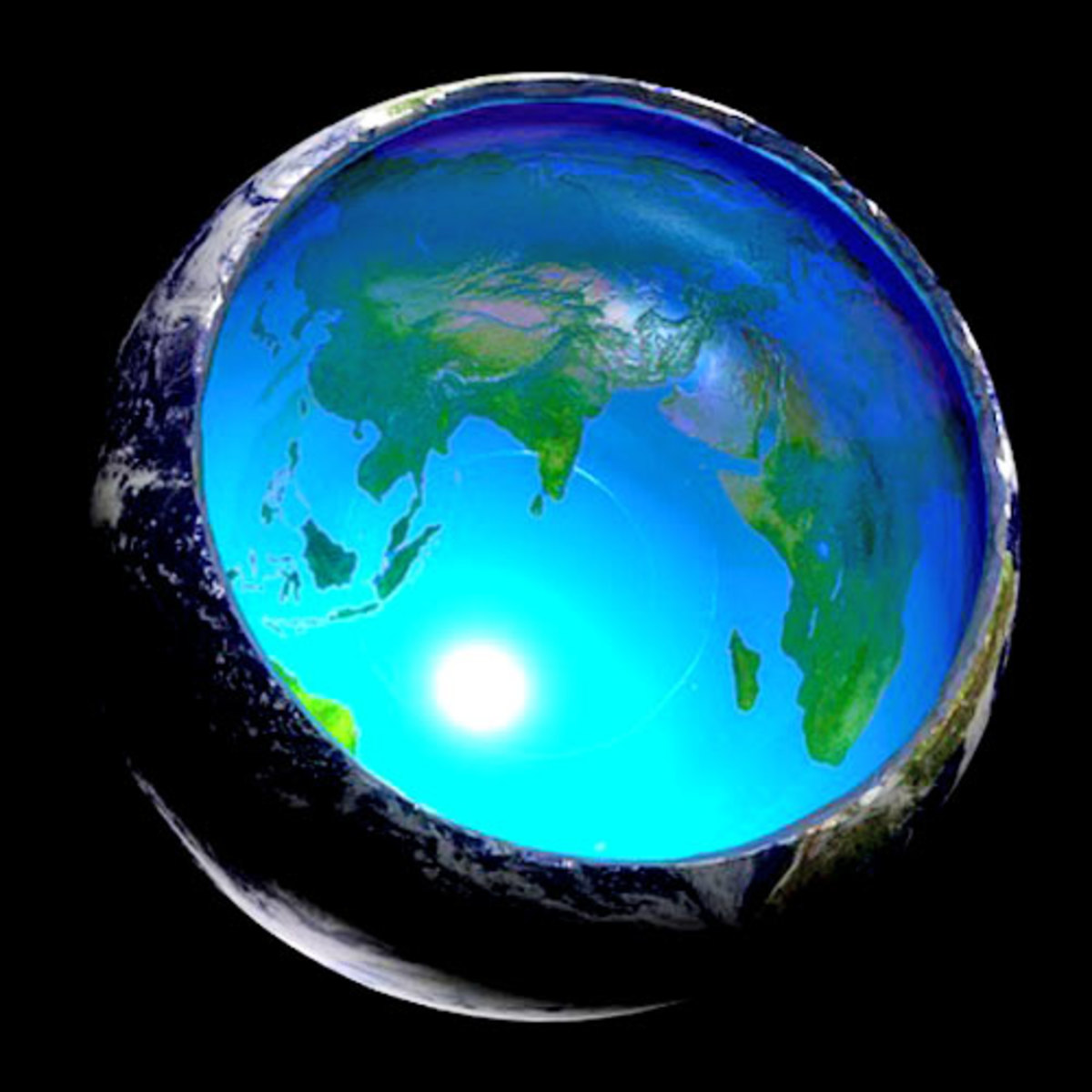Earth takes less than 24 Hours for rotation

One Day = 24 Hours ?
Earth observes day and night due to the rotation of earth. Do you think that earth takes exactly 24 Hours for rotation? The answer is NO! For practical purpose, we follow the solar time. But earth takes less than 24 hours to rotate itself. The earth rotates about its axis (diameter) from west to east in 23 hours 56 minutes 4 seconds of apparent solar time.This period is called a sidereal day. Due to this rotation, the observer is carried eastward constantly and all the celestial objects including Sun, moon, stars appear to travel from east to west. Why this period is less than 24 hours? Apart from this diurnal (daily) motion, earth describes an elliptic orbit around the sun. Due to this motion, with respect to the position of a star, earth takes less than 24 hours for rotation.
Position of Sun rise is not fixed.
Where Sun rises ? In the East direction. Correct! But is it exactly East? No! Sun rises exactly at east and sets at west only on two days namely, March 21st and September 23rd. These days sun's path is a semicircle on the sky. It is a part of a great circle that is called celestial equator of your place of observation. These days the duration of daytime is 12 hours and the duration of day and night are equal.
Each day sun moves along a circular path which is parallel to celestial equator. After March 21st, the sun gets northwards, its daily path getting shifted away from the celestial equator, moving the position of rising on the horizon northward and the duration of daytime increases that is longer than12 hours and duration of night shrinks below 12 hours. This continues till the position of rising is about 23o 27' north of east on June 21st. This is the longest day for the region (shortest day for south torrid/temperate zone).
After June 21st, the daily path of sun is getting shifted towards the celestial equator. On September 23rd, the sun moves along the celestial equator, rising at the east point and setting at the west point (thus daytime = nighttime). Thereafter the sun gets southwards, moving the position of rising on the horizon southward and daytime decreases and nighttime increases. This continues till the position of rising is about 23o 27' south of east on December 22nd. This is the shortest day for the region (longest day for south torrid/temperate zone).
After December 22nd, the sun moves towards the celestial equator, duration of night decreases and that of daytime increases till they become equal on the next March 21st.
Amazing Astronomy
Do you think that Astronomy is an interesting subject?
- You can't see the far side of 'Full' Moon
We watch the same face of the moon everyday.We cant see the other side of the moon from earth. As the moon is a satellite of earth, it moves around the earth. For this it takes 27 days. This period is...
- Why 1 Week = 7 Days?
Rose for a week Why are we using seven days a week? Why not five days, reducing two working days? Or ten-day week, extending few more week end days? Is it because seven is a prime number? Calendars have...
- Why Full moon is brighter in winter than in summer?
The moon is not a self luminous body. It shines in the light it receives from the sun. The moon reflects only 12% of the light it receives from the sun. The moon light takes 1.29 seconds to reach the earth...








